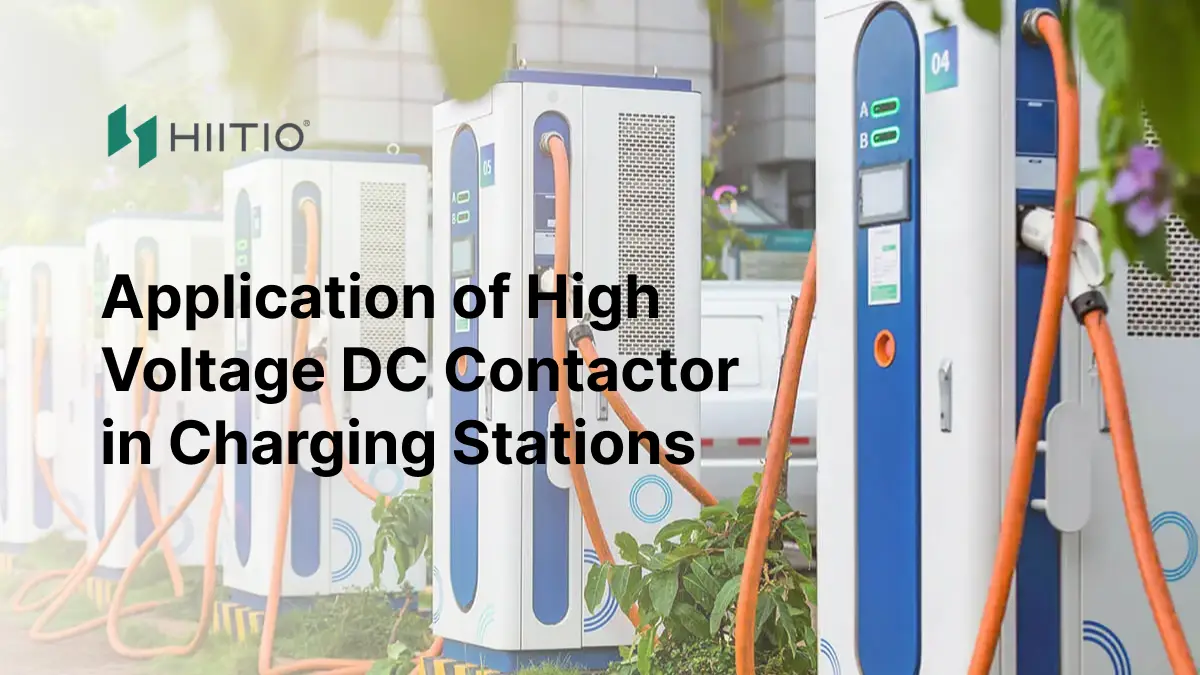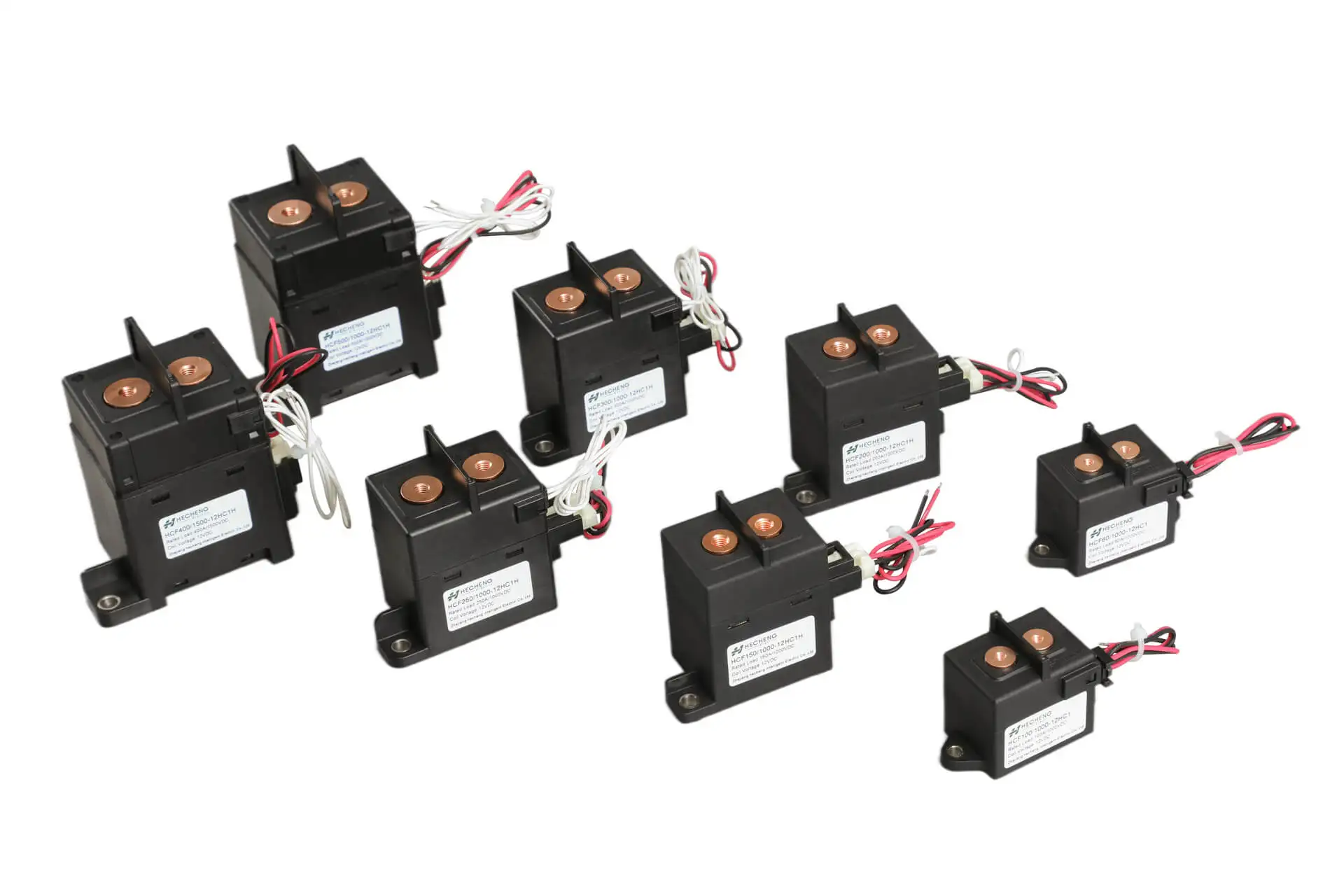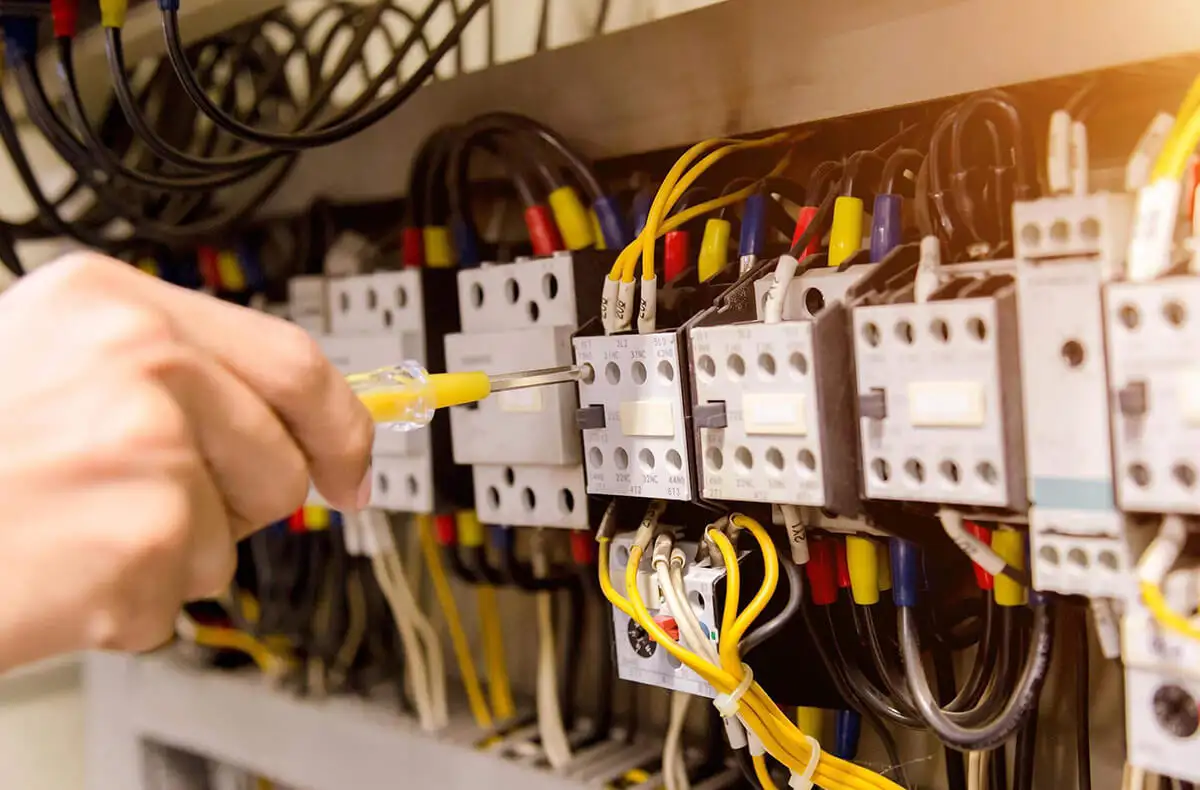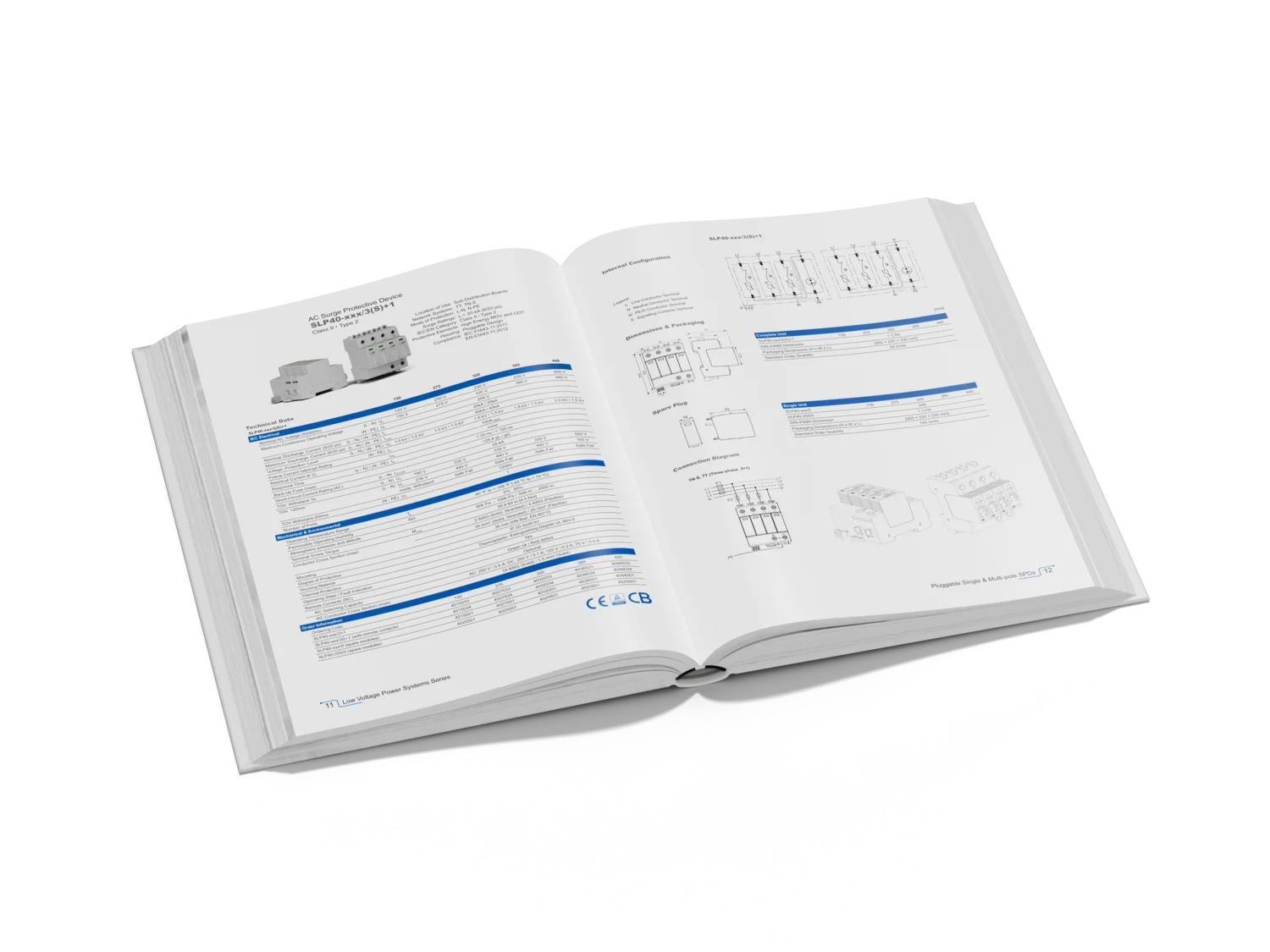Electric vehicle (EV) adoption is increasing worldwide, and there is now a critical need for efficient and dependable charging infrastructure. Charging stations, also known as charging piles or charging points, form the foundation of this infrastructure by supplying the necessary power to recharge EV batteries.
At the core of these charging stations lies a crucial component—the high-voltage DC (HVDC) contactor. This contactor enables safe and efficient power management during the charging process. The focus of this paper is on the utilization of HVDC contactors in charging piles, examining their pivotal role in facilitating the flow of high-voltage DC power to EVs.
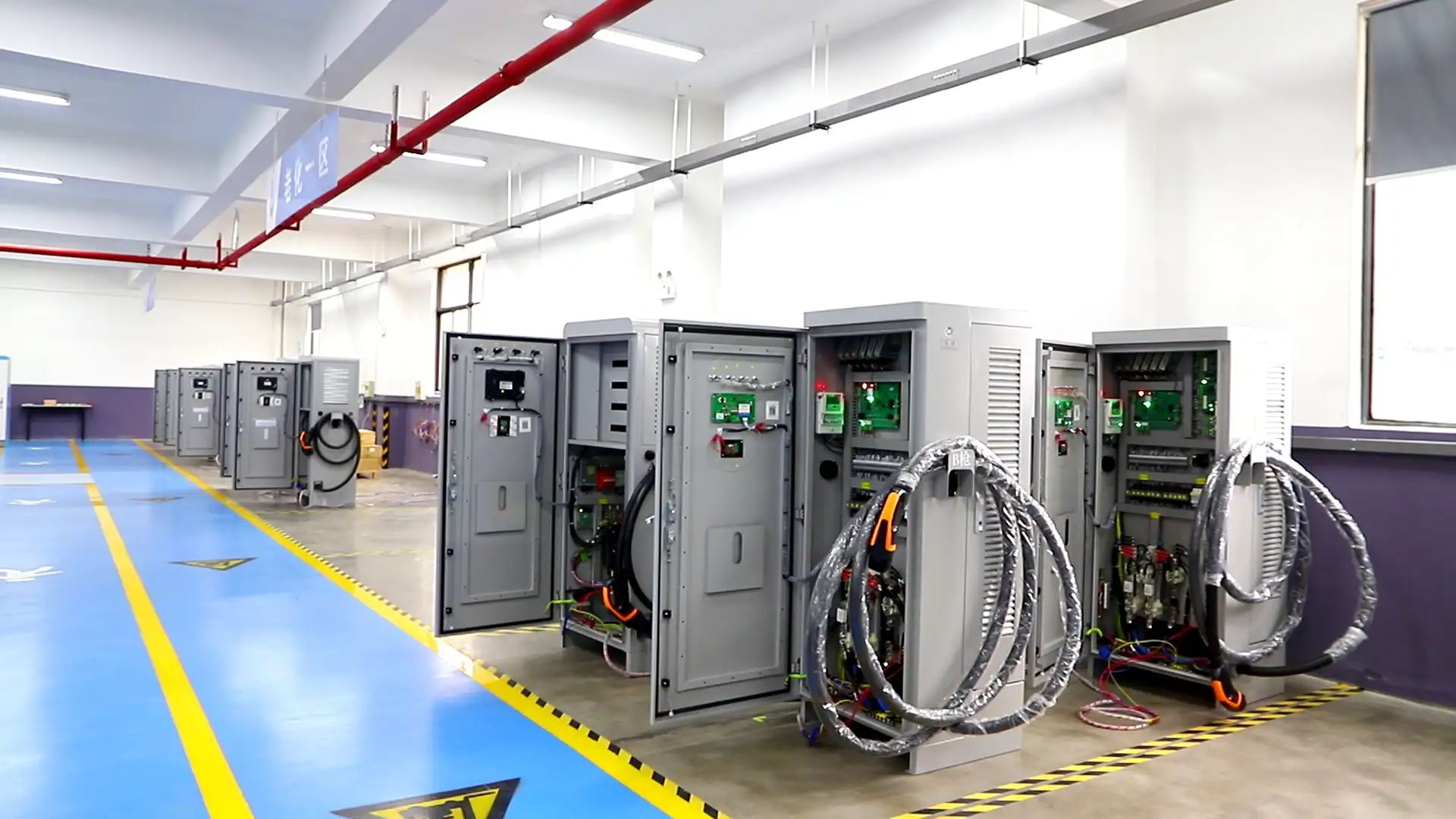
The Role of HVDC Contactors in Charging Stations
In EV charging stations, HVDC contactors play a vital role by enabling the establishment and termination of connections in high-voltage circuits. Acting as switches, these contactors regulate the flow of electricity from the power source to the vehicle’s battery. Their primary function is to establish a secure and dependable link between the charging station and the EV, facilitating efficient energy transfer during the charging process.
Key Applications of HVDC Contactors in EV Charging Stations
Power Control and Distribution:
HVDC contactors play a crucial role in power control within EV charging stations. They control the flow of electricity. They ensure the best charging rates and voltages. This is for efficient energy transfer to EV batteries. This capability allows charging stations to support various charging modes. These include fast, slow, and scheduled charging, based on user needs.
Overcurrent and Short Circuit Protection:
One of the primary functions of HVDC contactors is to provide protection against overcurrents and short circuits. If there’s a current surge or a short circuit fault, the contactor swiftly stops the circuit. This prevents damage to charging equipment and keeps users safe. This proactive protection mechanism enhances the reliability and safety of EV charging operations.
Fault Diagnosis and Safety Measures:
HVDC contactors integrate with advanced fault diagnosis systems within charging stations. They track electrical measures. They find problems and trigger safety measures. These measures include cutting the circuit in case of hazards. This real-time fault detection and response make charging safer. They help EV users and charging station operators.
Communication and Control Interface:
HVDC contactors serve as key components in the communication and control interface of EV charging stations. They connect to charging station controllers, smart grids, and electric vehicles. This lets them share data, monitor from afar, and manage charging. This communication capability facilitates grid integration, demand response programs, and energy management strategies.
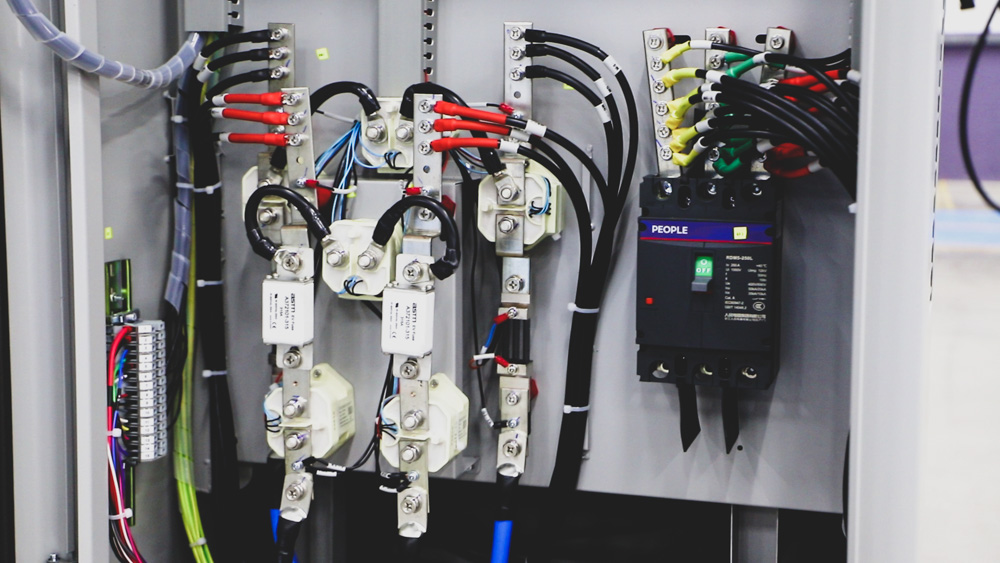
Advantages of HVDC Contactors in EV Charging Stations
Enhanced Safety: HVDC contactors play a crucial role in enhancing safety within charging stations. They are made to handle high voltage and current safely. They minimize the risk of electrical accidents during charging. This ensures a secure charging environment for both EV users and maintenance personnel.
Efficient Power Management:
The advanced capabilities of HVDC contactors contribute significantly to efficient power management in charging stations. The contactors control the flow of electricity. They do so precisely. They optimize power distribution in the charging infrastructure. This reduces energy waste. It improves charging efficiency. And, it lowers costs for station operators.
Reliability and Durability:
HVDC contactors are engineered to withstand the demanding conditions of charging stations. They are made of strong materials. They undergo tough testing to work well for a long time. This high reliability. It means EV owners get uninterrupted charging. It minimizes downtime and service disruptions.
Compatibility with Charging Protocols:
HVDC contactors have a key advantage. They work with many charging protocols and standards. HVDC contactors can work with CCS (Combined Charging System), CHAdeMO, or other industry-standard protocols. They can integrate with different types of EV charging stations. This versatility makes them a preferred choice for charging infrastructure deployment.
Scalability and Future-Proofing:
HVDC contactors offer scalability and future-proofing for charging stations. They can be added to scalable charging designs. This allows for easy expansion and adaptation to changing EV tech and charging needs. This flexibility keeps charging stations efficient. They also remain effective at meeting the growing demands of electric mobility.
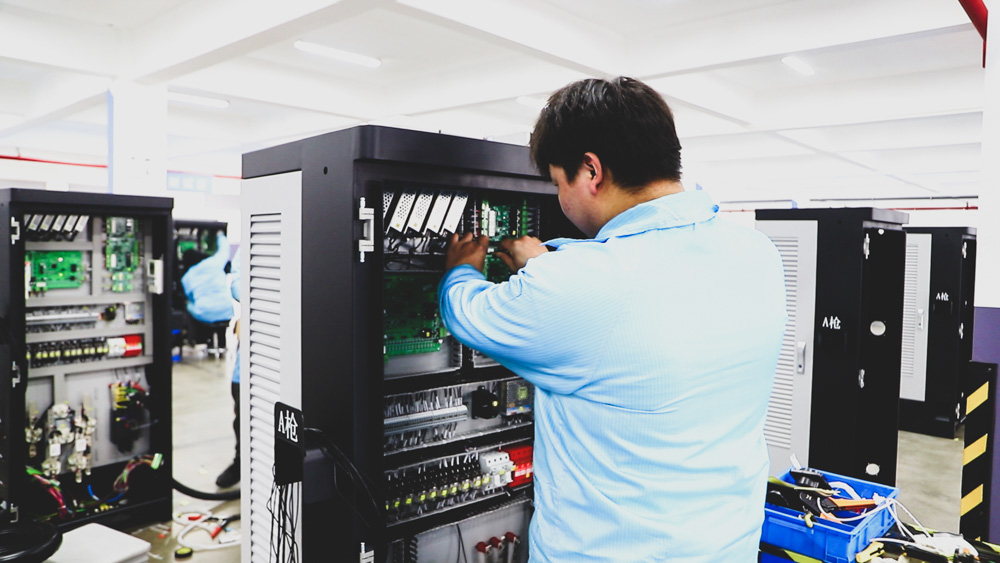
How to Choose a HVDC Contactor for a Charging Station
When selecting a high voltage DC contactor, several key factors need to be considered to ensure the appropriate model and specifications are chosen. Here are the specific considerations for the selection process:
Voltage and Current Requirements:
Determine the voltage and current requirements of the charging station system as the primary factor. The HVDC contactor must handle the station system’s maximum voltage and current. This is to ensure safe and reliable operation. Additionally, consider potential overload and transient current situations in the system.
Load Type:
Consider the type and characteristics of the load in the charging station system. For example, different types of electric vehicles may need different current changes. They also need different control. so it’s essential to choose an HVDC contactor suitable for the load type to ensure stability and efficiency during the charging process.
Environmental Conditions:
Consider the station’s environmental conditions. These include temperature, humidity, vibration, and corrosion. Choosing an HVDC contactor with excellent high-temperature resistance can enhance reliability and lifespan. It must also have dustproof, waterproof, and corrosion-resistant capabilities.
Reliability and Safety:
Consider the reliability and safety features of the HVDC contactor. Choose a contactor with high reliability. It should have overcurrent, short circuit, and overtemperature protection. This will protect equipment and keep users safe.
Size and Installation Requirements:
Consider the size, installation method, and wiring needs of the HVDC contactor. Check that it fits the size and installation requirements of the charging station. Flexible installation methods and wiring options can make installation easier. They can also improve system performance.
Cost-effectiveness:
Consider the performance, quality, and price of the HVDC contactor. Use these factors to choose a product with good cost-effectiveness. Consider the initial cost. Also, consider the long-term operation and maintenance costs. This will maximize cost-effectiveness.
Conclusion
In conclusion, HVDC contactors will shape the future of electric vehicle charging. They enhance safety, manage power well, and adapt to evolving standards. This makes them key in the shift to sustainable mobility. The demand for electric vehicles is rising. HVDC contactors will stay at the forefront of innovation. They will drive efficiency, reliability, and accessibility in the charging ecosystem. HVDC contactors are versatile and reliable. They are not just components; they enable a cleaner and greener transportation future for generations to come.

